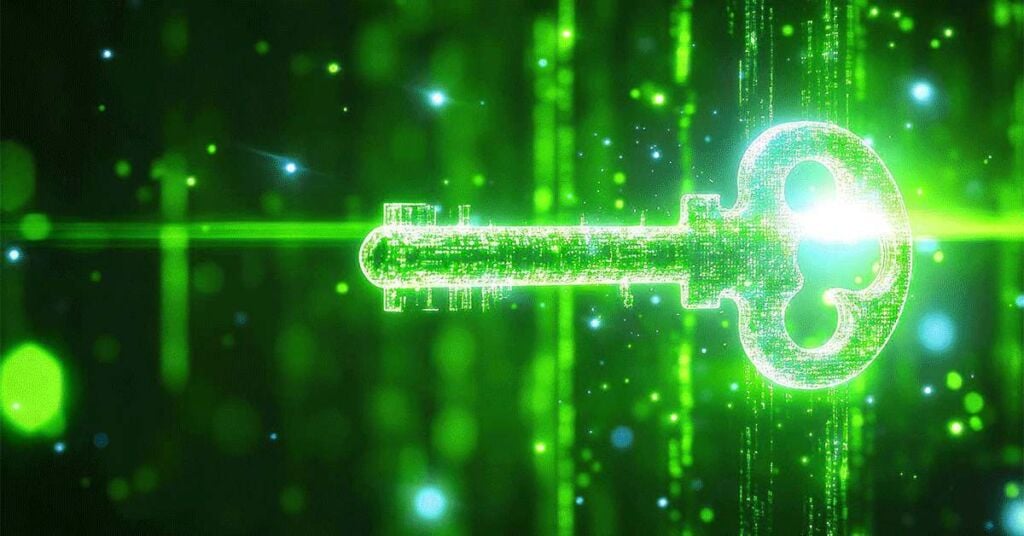
Quantum decryption is one of the most extensive problems and opportunities found in cybersecurity.
In the digital era, the transmission of information through the internet has risen so there is a need for a secure encryption method to protect such information, engineers developed blockchain technology but Quantum Computers are theft to the blockchain and that’s why NCOG is making a post-quantum secure blockchain.
The classical algorithms based on mathematical problems are no longer sufficiently protected from quantum breakthroughs in computational capabilities.
This article explains the principles of quantum mechanics and methods of quantum decryption.
Table of Contents
Quantum mechanics
Before moving to decryption, one has to understand the fundamentals related to quantum mechanics.
Superposition: Each superposition of quantum states represents a combination of two or more separate states. The addition of vectors forces a single qubit into a superposition of two states. The quantum information held by a qubit in superposition determines its placement. Complex, multidimensional computational spaces representing all possible qubit configurations can be created by groups of qubits in superposition.
Entanglement: The phenomenon of entanglement occurs when two-qubit particles are created and interact in a manner that prevents the individual state of each particle from being independently described. In simple terms, two quantum particles share entanglement as a joint characteristic. A superposition of equally probable states exists as a single quantum system in an entangled pair.
The entangled state does not provide information about individual particles; it only shows that they are in opposing states. The other state adjusts automatically when one state changes according to the principles of quantum mechanics.
Decoherence: The speedy interaction between quantum particles and the environment causes a loss of superposition, known as decoherence, in quantum computers. Building quantum computers faces the biggest challenge of preventing decoherence.
Encryption problems in existing algorithms
- RSA: The RSA algorithm is used for prime number factorization which are large and difficult-to-do factors with calculators. After the innovation of Shor’s factorization algorithm, quantum computers can factor those in seconds in there by breaking existing methods
- Elliptical curve: This algorithm also solves the problem related to the difficulty between elliptical curves. Shor’s algorithm also breaks this and makes the elliptical curve vulnerable.
- Symmetric Encryption: The same key is used for encryption and decryption by the symmetric algorithm. An example is AES. Grover’s algorithm of quantum computing breaks the security of AES because the searching power is high.
Quantum key distribution and its security
QKD is a cryptography method with the help of quantum mechanics which later used to establish secured communication between any two entities. The quantum key distribution key is used for encryption as well as decryption in communication or messages. The confidentiality of the message is ensured and it is verified that only the receiver can read the message sent by the sender.
QKD includes various steps after completion of these steps a secure channel for communication is established.
Generation Alice and Bob sender and receiver respectively create and share their keys through entanglement and encoding.
The encrypted key is sent by Alice to Bob using a quantum channel.
Upon receiving the key from Alice, Bob measures the distance and characteristics of particles.
Alice and Bob conduct several tests to verify the security of the shared key after exchanging it.
The security of QKD also involves verifying the presence of additional security measures to ensure the validity of keys. For that, Alice and Bob can use error checking and correction algorithms that are available in the cryptography for checking of errors during the communication.
QKD also uses quantum repeaters to improve the strength in long-distance communication and regenerates the signal if it is unreachable or breaks in midway.
Quantum decryption techniques
Quantum Digital signature: Quantum signatures are the same as quantum key distribution but quantum signature maintains the confidentiality of the message.
Random number generation: Most of the time random keys are used in secure communication. Precise keys for secure communication can be generated by quantum computing when compared to classical computers.
